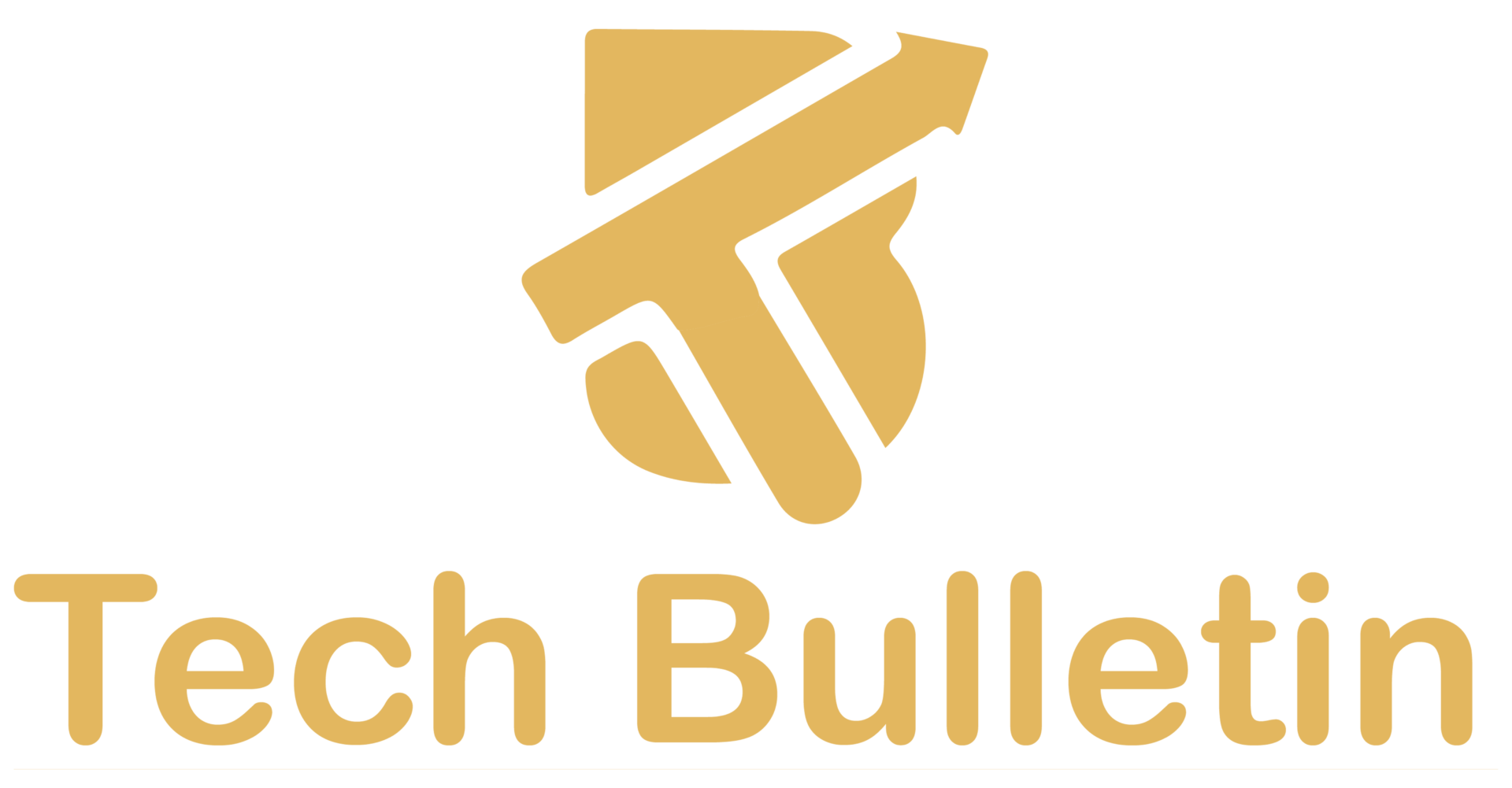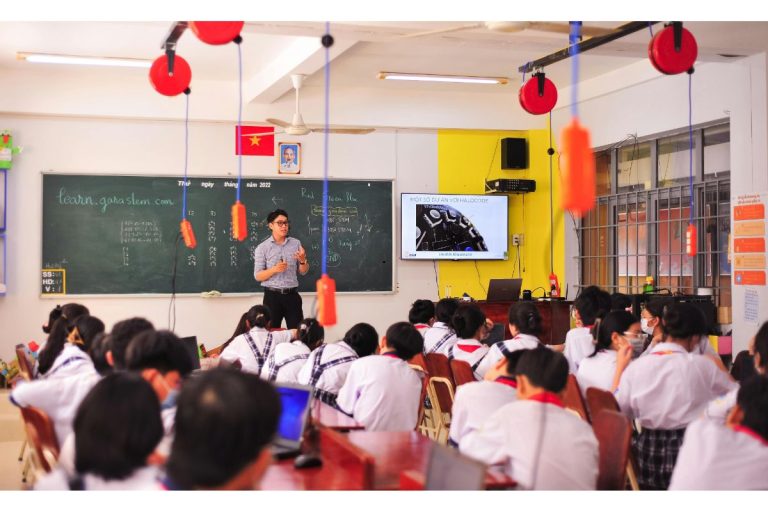Classroom Management Apps That Will Blow Your Mind

You juggle behavior, transitions, devices, and parents—often in one lesson. The right classroom management apps turn that chaos into flow. They automate routines, spotlight positive behavior, and keep every learner on task. In this guide, you’ll learn how to choose, set up, and actually use these tools so your class feels calm, focused, and fun.
What Are Classroom Management Apps?
Classroom management apps are digital tools that help you guide behavior, time, attention, and communication. They reduce friction and make your routines consistent. Think of them as co-teachers who never get tired.
How classroom management apps fit your routine
You decide the rules; the app enforces them with clicks and taps. You see patterns early and act fast. Students understand expectations because the system is visible and fair.
The modern teacher’s toolkit
Most teachers combine two or three apps. One monitors devices. Another handles behavior and SEL. A third manages parent updates and quick polls.
The Benefits You Feel on Day One
You save time immediately. Roll call takes seconds, not minutes. Transitions become smooth and predictable.
Behavior improves because expectations are transparent. Students get instant feedback, not vague scolding later.
Your cognitive load drops. You plan richer activities because the basics run themselves.
Types of Classroom Management Apps
Not all tools solve the same problem. Match the tool to the task. Here are the most useful categories of classroom management apps.
Behavior and PBIS tools
Use points, badges, or checkmarks for positive choices. Track trends by student and by class. Share weekly reports with families.
Time and noise management
Visual timers keep everyone pacing together. Noise meters gamify “indoor voices.” These help during centers, labs, and tests.
Seating, attendance, and grading
Seating chart apps let you drag and drop groups fast. Attendance tools sync with rosters. Lightweight gradebooks simplify quick checks.
Device and screen monitoring
When students work online, you need visibility. Many tools show open tabs and active windows. Some allow temporary website locks for focus tasks.
Parent communication and SEL

Messaging apps translate, schedule, and archive. SEL check-in apps collect mood data. You support well-being with real-time signals.
Engagement and formative assessment
Interactive slides and polls increase participation. Exit tickets reveal misconceptions. You adjust the next lesson with confidence.
Choosing Classroom Management Apps for Your Context
The best app is the one you’ll actually use. Start small, prove value, then scale.
A quick decision checklist
- Does it solve a daily pain in your class?
- Can students learn it in five minutes?
- Does it protect student privacy?
- Will it work with your devices and network?
- Is there a free tier to pilot?
Align to your pedagogy.
If you favor group work, prioritize timers, noise meters, and collaboration check-ins. If you lecture less and coach more, choose tools for quick feedback and peer review.
Think beyond features
Look at data exports, rostering options, and accessibility. Ask whether the app supports screen readers and closed captions.
Quick-Start Playbooks with Classroom Management Apps
These playbooks show how classroom management apps reduce friction right away.
The first 15 minutes blueprint
- Project a visual timer for bell work.
- Take attendance from a seating chart.
- Run a one-question mood check.
- Share the day’s agenda in your LMS.
- Reward two specific positive behaviors.
Transitions without wasted minutes
Set a three-minute timer when changing stations. Display a noise meter to set expectations. Announce a bonus point for the first group fully ready.
Group work that actually hums
Assign roles digitally: facilitator, recorder, checker, reporter. Use a checklist app for deliverables. End with a two-minute exit ticket to capture learning.
Comparing Popular Options by Category
Use this quick table to match needs with tool categories. Examples are illustrative, not endorsements.
| Category | Best For | Core Features | Works On | Setup Time | Notes / Example Use |
| Behavior & PBIS | Elementary–middle | Points, badges, class dashboards | Web, iOS, Android | 15–30 min | Reinforce norms; share weekly reports with families. |
| Timers & Noise Meters | All grades | Visual timers, sound thresholds | Any device with a projector | 5 min | Smooth transitions and test conditions. |
| Seating/Attendance/Gradebook | All grades | Drag-and-drop seating, quick roll, simple grades | Web, tablets | 30–60 min | Great for substitute plans and new terms. |
| Device Monitoring/Focus | 1:1 programs | Tab view, scene/lock modes, site lists | Chromebooks, iPads, Windows | 60–120 min | High impact during research and testing. |
| Engagement & Checks for Understanding | All grades | Live polls, quizzes, interactive slides | Web, LMS add-ons | 20–45 min | Boost participation; guide next-day planning. |
| Parent Communication | Elementary–high | Classwide and private messages, translation | Mobile + web | 20–40 min | Build trust and reduce miscommunication. |
| SEL Check-Ins | Middle–high | Mood surveys, trend charts, alerts | Web, mobile | 20–30 min | Catch issues early; inform counselors. |
| LMS Integrations | District-wide | Assignments, materials, announcements | Web, mobile | 60–120 min | Central hub for your digital classroom. |
Pros & Cons of Classroom Management Apps
Pros
- Save time on repetitive routines.
- Provide consistent, visible expectations.
- Offer real-time data for quicker decisions.
- Increase engagement with interactive elements.
- Strengthen family communication and trust.
Cons
- Initial setup and training take effort.
- Too many apps can confuse students.
- Notifications can distract if unchecked.
- Data privacy needs careful attention.
- Tech hiccups require backup plans.
Best Practices to Avoid Common Pitfalls
Keep your stack small. Two or three apps cover most needs.
Standardize signals. Use the same timer and sounds every day. Consistency reduces questions.
Automate what you can. Templates for messages and rubrics save time.
Audit your notifications. Turn off non-essential alerts. Protect attention—yours and theirs.
Document your norms. Post a one-page guide in your LMS. Include screenshots and quick tips.
Privacy, Data, and Digital Well-Being
Treat student data like lab chemicals: useful, powerful, and handled with care. Use district-approved tools when possible. Share only the minimum data required.
Explain to families how you use each app. Include what data you collect and why. Invite questions.
Teach digital self-regulation. Set device-down moments. Encourage eye breaks and posture checks.
Classroom Management Apps for Different Ages and Settings
Match the strategy to developmental needs. The same app can feel different in each grade band.
Elementary
Young learners respond to visible rewards and clear routines. Use behavior trackers, visual timers, and picture-based instructions. Keep interfaces simple.
Middle and High School
Prioritize agency and accountability. Use quick polls, shared agendas, and device focus modes. Reward collaboration, not only compliance.
Higher Education and Adult Learning

Focus on structure and autonomy. Lean on LMS announcements, checklists, and formative micro-quizzes. Use attendance and participation logs sparingly but consistently.
Special Education and Inclusive Classrooms
Select tools with accessibility options. Look for visual schedules, first-then boards, and customizable cues. Use SEL check-ins to anticipate needs.
A 30-60-90 Day Rollout Plan for Classroom Management Apps
A staged plan helps you build momentum without overwhelm.
Days 1–30: Prove value fast
Pick one pain point and fix it. For many, it’s transitions. Adopt a timer and a bell-to-bell routine. Share a simple weekly report with families.
Days 31–60: Layer in data
Add a behavior or participation tracker. Identify two students who need extra support. Celebrate small wins publicly and often.
Days 61–90: Scale and refine
Introduce device focus or interactive checks. Standardize your templates and parent messages. Share your playbook with your department.
Comparing Classroom Management Apps by Use Case
When in doubt, tie the app to a concrete classroom moment.
Silent reading or independent work
Use a timer, a noise meter, and a simple “I’m stuck” digital flag. Students ask for help without shouting.
Lab days and project blocks
Create station cards with QR codes for instructions. Use quick polls to approve safety steps before moving on.
Assessment moments
Use focus tools and visible time warnings. Provide a one-click “need a break” check-in for anxious students.
Implementation Tips for Busy Teachers
Start with a five-minute pilot at the end of one period. Let students test buttons and ask questions.
Nominate student tech leaders. They can help peers log in and troubleshoot.
Build habits with “If–Then” scripts.
If the timer hits 00:00, then pencils down.
If the noise meter turns yellow, then we pause and reset.
Reward process, not perfection. Praise groups who improved transitions by thirty seconds. Growth beats instant mastery.
Advanced Moves with Classroom Management Apps
Use analytics to spot trends. Are Mondays noisy? Are last-ten-minute checks slipping?
Create “scenes” or templates. One click sets the sites, tabs, and timers you need for a lab. Another click resets for discussion.
Blend analog and digital. Pair a projected timer with a physical chime. Use printed table tents with QR links.
Integration: Make Your Apps Talk to Each Other
Choose tools that export CSVs or sync with your LMS. That saves double entry. Store your templates in shared drives.
Automate parent updates. A weekly summary sets the tone. Keep it short and positive.
Back up everything. Prepare printable attendance sheets. Keep a stack of analog exit tickets.
Training Students to Use the System

Model first. Narrate your clicks while projecting your screen. Invite students to explain the steps back to you.
Practice routines as mini-games. “Beat the timer to seats” becomes a fun challenge.
Reflect every Friday. Ask, “Which tool helped you focus this week?” Student insight drives your next tweak.
FAQs: Classroom Management Apps
What do classroom management apps do, exactly?
They streamline routines like attendance, transitions, behavior tracking, and communication. You gain time and clarity.
Are these apps free?
Many have free tiers. District plans unlock advanced controls, data exports, and integrations.
Which app should I start with?
Pick the one that fixes your biggest pain today. For most, that’s a timer or behavior tracker.
Do I need device monitoring?
Only if off-task browsing is a major issue. Start with clear norms and visible seating before adding controls.
How do I protect student privacy?
Use district-approved tools, limit shared data, and post a clear parent letter. Keep exports secure.
Will this add to my workload?
There’s a short setup curve. After that, routines speed up, and you regain minutes every period.
How many apps are too many?
Usually, two or three. More than that creates cognitive clutter for you and students.
Conclusion
With the right classroom management apps, you replace chaos with calm and guesswork with data. You’ll move through lessons faster, reinforce positive choices, and keep families informed. Start small, prove value, and grow a system that fits your style.
Also read: Classroom Management Hacks Teachers Swear By






